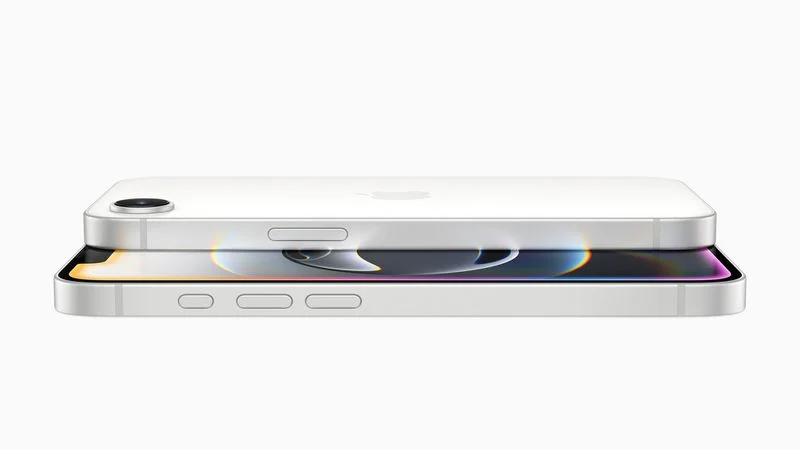Early tests of the iPhone 16e’s cell signal strength reveal some exciting news. A Chinese tech site, Geekerwan, ran several 5G checks on the iPhone 16e using a fake cell tower set up in their lab. Overall, the iPhone 16e worked just as well as the iPhone 16 for staying connected, with similar speeds and dependability. Plus, Apple’s promise of better power use seems spot on. Geekerwan found that the new C1 modem in the iPhone 16e used much less energy than the Qualcomm modem in the iPhone 16.
The best part? The iPhone 16e didn’t show any big surprises—it matched the iPhone 16’s performance nicely (though it doesn’t have mmWave support). They also tested both phones on a subway ride. Speeds went up and down, but all iPhone 16 models had about the same number of signal drops and connection quality.
Looking at power use, the difference was clear. Apple says the C1 modem saves up to 25% more energy, and the numbers back that up. In strong signal areas, the iPhone 16 used 0.88 watts on 5G, while the 16e only needed 0.67 watts—that’s about 24% less. In weak signal spots, the 16 averaged 0.81 watts, and the 16e stayed at 0.67 watts, a 17% drop.
For real-life battery tests, the iPhone 16e lasted 7 hours and 53 minutes streaming video on 5G. The iPhone 16 managed 7 hours, and the 16 Pro hit 6 hours and 54 minutes. So, the 16e outlasted them by nearly an hour. The bigger Plus and Pro Max models, with larger batteries, reached about 8.5 hours.
Still, it’s tricky to know if the longer battery life comes from the C1 modem alone or the 16e’s bigger 3961mAH battery, which is 12% larger than the 16 Pro’s. It looks like Apple boosted the iPhone 16e’s staying power with both a smarter modem and a roomier battery.
